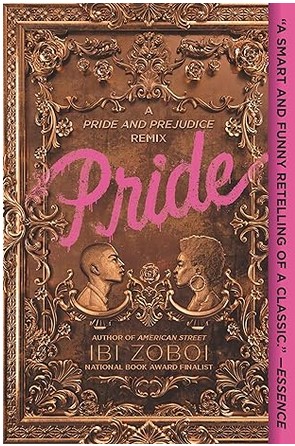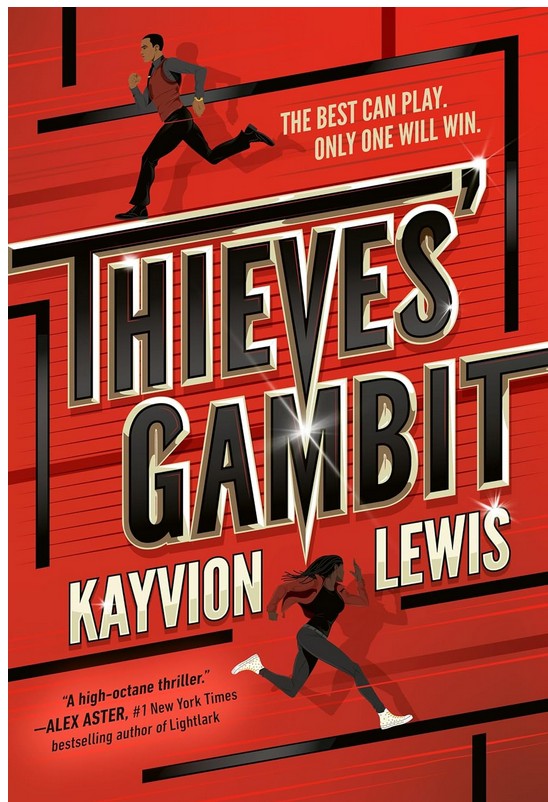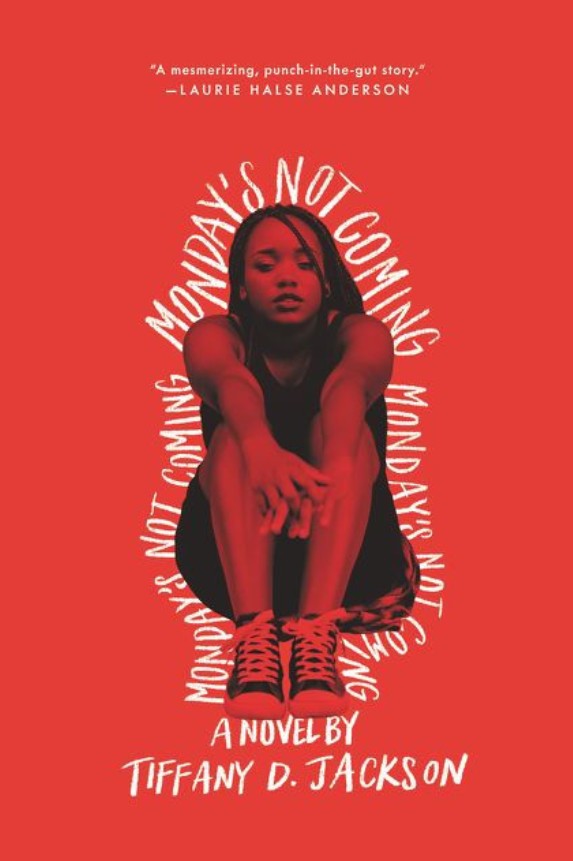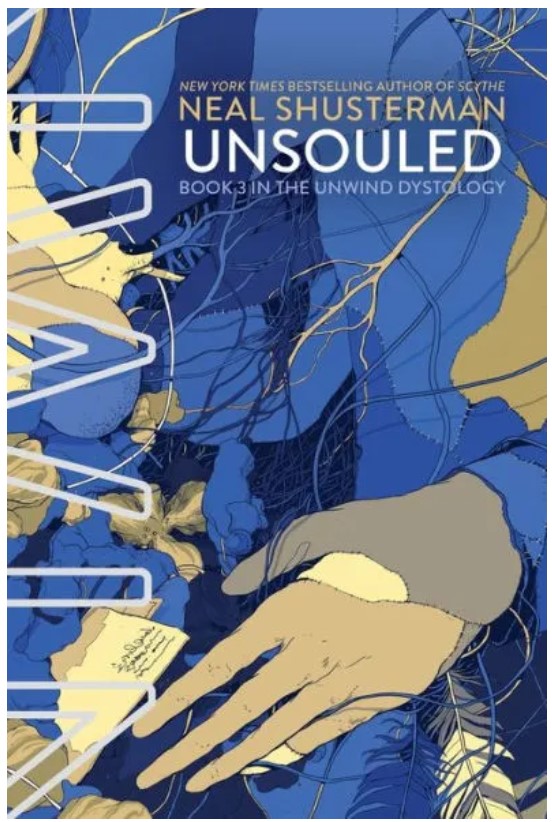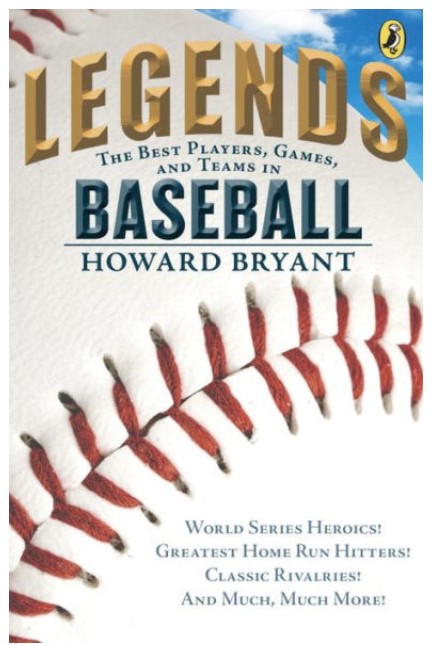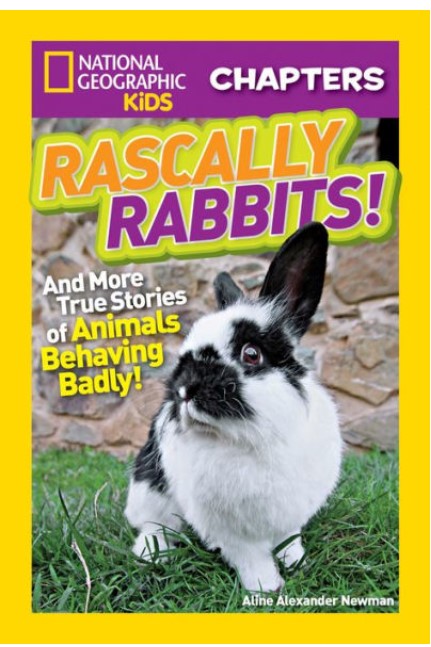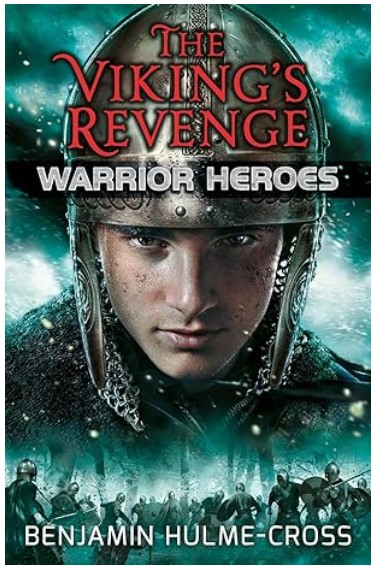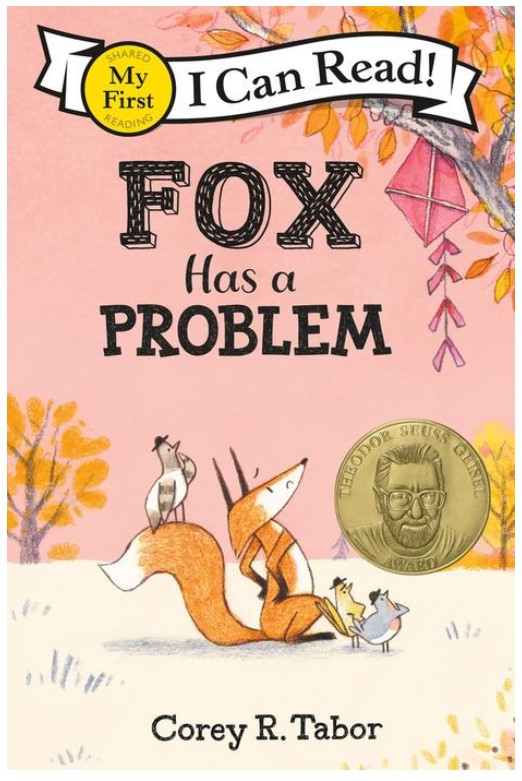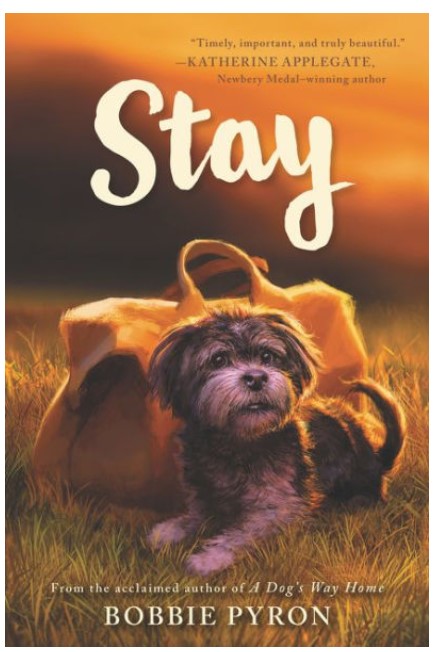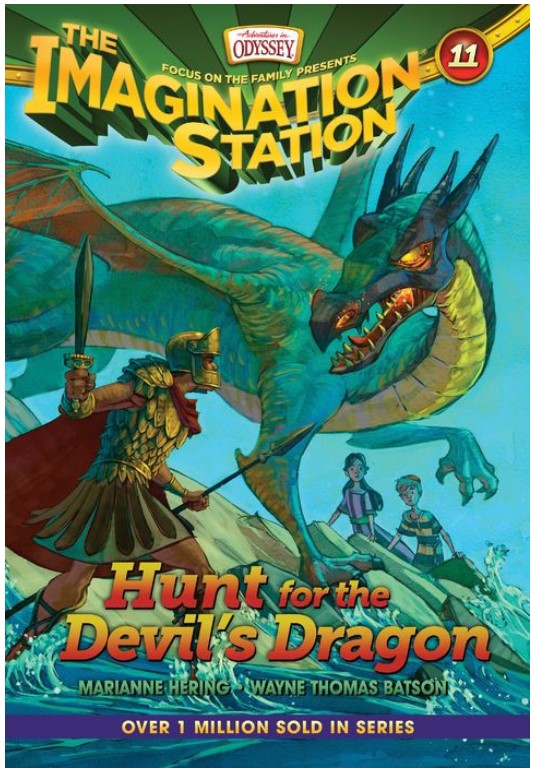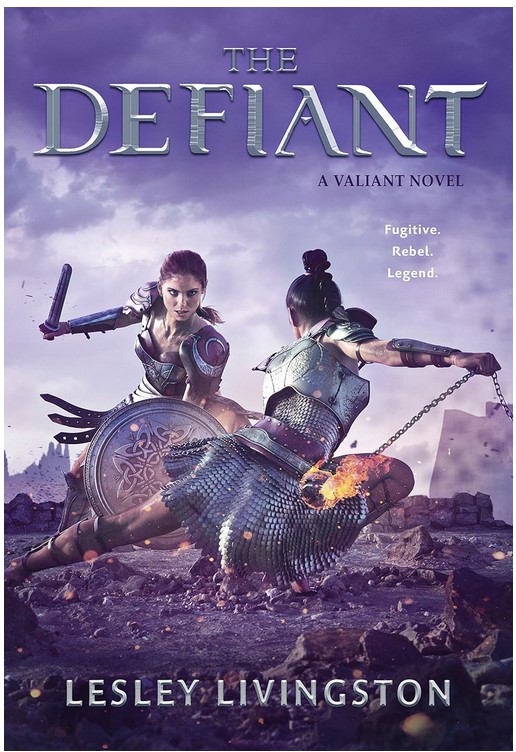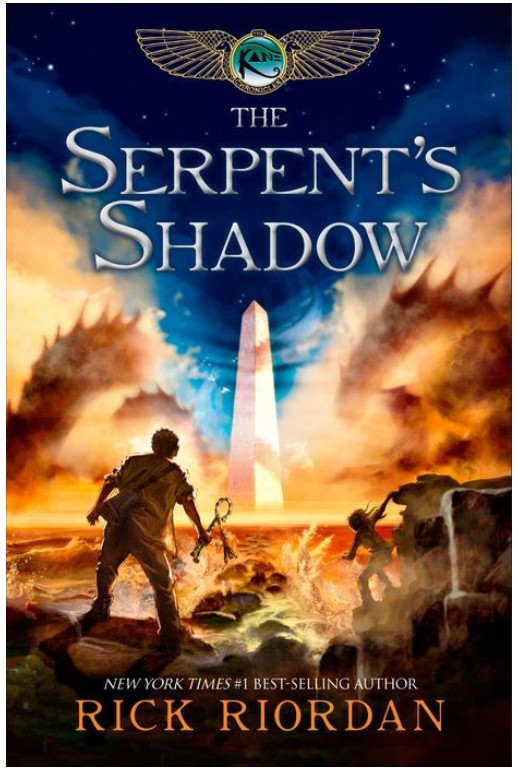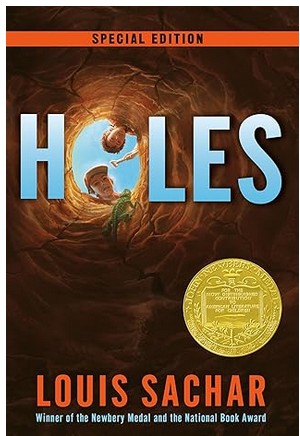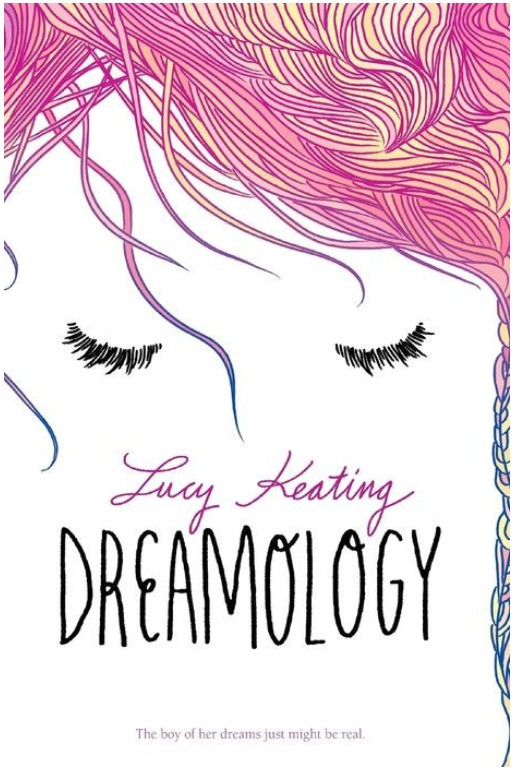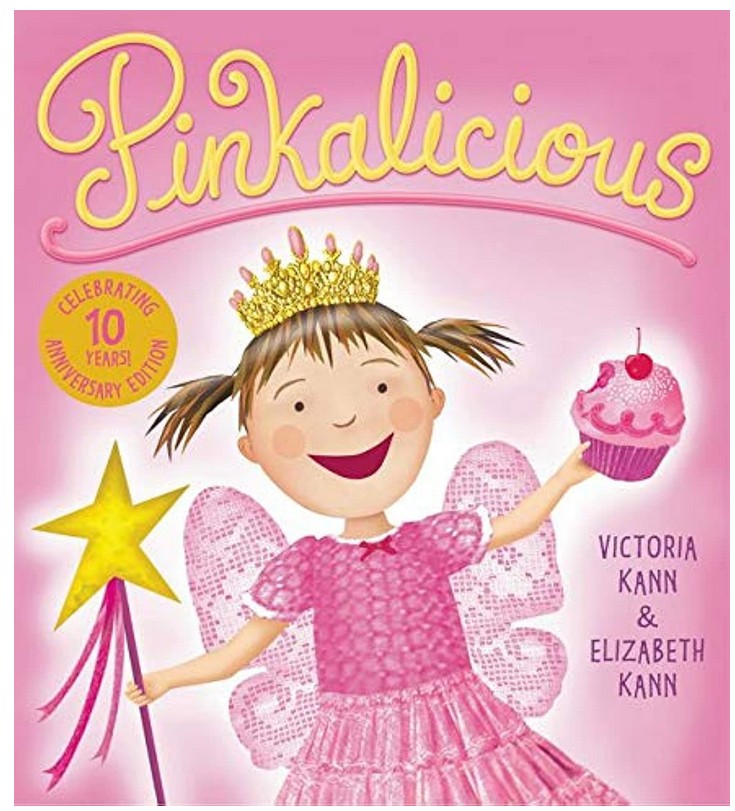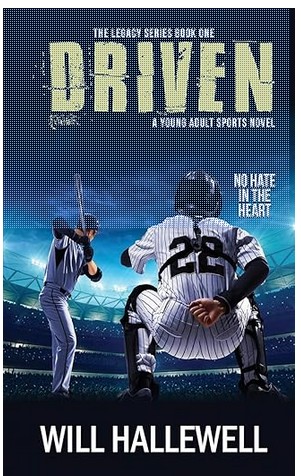Connor and Lev are on the run after the destruction of the Graveyard, the last safe haven for AWOL unwinds. But for the first time, they’re not just running away—they’re running towards answers, in the form of a woman Proactive Citizenry has tried to erase from history itself. If they can find her and learn why the shadowy figures behind unwinding are so afraid of her, they may discover the key to ending the unwinding process forever.
Cam, the rewound boy, is plotting to take down the organization that created him. He knows that if he can bring Proactive Citizenry to its knees, it will show Risa how he truly feels about her. And without Risa, Cam is having trouble remembering what it feels like to be human.
With the Juvenile Authority and vindictive parts pirates hunting them, the group’s paths will converge explosively—and everyone will be changed.
Unsouled focuses on human evil, and Risa wonders, “Which is crueler, man or nature? She determines it must be man. Nature has no remorse, but neither does it have malice.” As readers delve into the world of unwinds, they will most likely come to the same conclusion as Risa. The world of unwinding is paradoxical; on one hand, people with disabilities are not allowed to be unwound. However, the lucrative business of unwinding created an industry that has no bounds to its greed and many teens are legally killed.
While changing the unwinding age to 17 was supposed to help teens, it has helped the black market become more ruthless and profitable. In addition, to get even more body parts, some politicians are encouraging people to vote for Initiative 11, which would allow criminals to be unwound. “So the question is, how do we want our violent offenders to pay their debts to society? Wasting into old age on taxpayers’ dollars—or allowing them to redeem themselves by providing much-needed tissue for society?”
Unwinding has become so popular that politicians want to “raise the legal age of unwinding back to eighteen and possibly beyond. Removing the brains of convicted criminals and unwinding the rest of their bodies. Allowing people to voluntarily submit themselves to unwinding for cash.” While at first unwinding was supposed to help in medical emergencies, “it’s becoming more and more common for people to get vanity transplants. You want a new skill? Buy it instead of learn it. Can’t do a thing with your hair? Get a new scalp. . . NeuroWeaves instead of education. Muscle refits instead of exercise.”
While the world is focused on the need for more human tissue, Cam—who was created by using unwinds’ body parts—questions his humanity. He wonders if he has a soul and, if so, what will happen to his soul after he dies. Cam thinks, “Certainly he exists as organic matter, but as a sentient being? As a someone rather than a something.” Cam looks to the Catholic church for answers but receives none. To add to this theme, when Connor finally meets Cam, instead of completely hating him, he recognizes Cam’s humanity. Cam’s existence forces the reader to contemplate the human soul—is it created by a “divine spark,” or can it be created by another human? Ultimately, the only answer comes from the court: Cam is legal property, not a person who can make choices for himself.
Connor, Risa, Lev, and Cam’s worlds collide, forcing them to put their personal desires aside. They hope to expose Proactive Citizenry’s insidious plan and, in the process, end unwinding. But Starkey’s violent attacks against harvest camps cause fear and chaos. In the end, the reader is left to wonder—will fear or reason prevail?
Sexual Content
- While at a fancy party, Cam enters a room to be alone. A girl follows him. “She undoes his bowtie. . . He holds her in his arms, and she leans forward, kissing him. When she pulls away from the kiss, it’s only for a moment. . . She leans in for another kiss that is far more explorative than the first. The girl says, “I want to be your first.” The girl’s father finds Cam and the girl kissing, and he drags her out of the party.
- After speaking at a university, Cam takes three girls into a room. Cam takes off his shirt, and “one of the girls explores those seams and the varied skin tones of his chest. The other girl snuggles with him and feeds him Jordan almonds, sweet and crunchy.” Cam’s handler chases the girls away.
- Lev fantasizes about Miracolina, a tithe he helped. “His current fantasies put them at the same suburban school . . . Go to the movies. Make out on the couch when her parents aren’t home.”
- Starkey impregnates three girls. When his second in command, Bam, finds out about it she’s furious. Starkey “cranes his neck to kiss her, but their lips are still an inch away. . . he reaches behind her head, pulling her down into the kiss. That kiss is like a conjurer’s act. It’s artful, it’s worthy of applause, and it is everything Bam dreamed it might be, but nothing will change the fact that it’s only a trick.” Bam realizes that there is no meaning to the kiss.
Violence
- Scattered throughout are news items that use teen violence as a reason to continue unwinding, such as a clapper blowing up a school and killing a student. These ads are not included in the violence below.
- While driving, Connor accidentally hits an ostrich. The creature’s body “wedges in the windshield frame, with a twisted wiper blade embedded in its slender neck. . . [Connor] screams and curses reflectively, as the creature, still clinging to life, rips at Connor’s chest with its talons, tearing fabric and flesh. . .” The Ostrich dies. Connor is wounded but recovers.
- Connor goes into a grocery store to buy food. After he leaves, Argent, the checker, flags Connor down and attacks him. “A kick to the groin that registers a surge of shock, followed by a building swell of excruciating pain. . . Suddenly his attacker is behind him and puts Connor in a choke hold.” Connor wakes up in a cellar, tied to a pole.
- To escape from Argent, Connor hits him with a glass pipe. “The pipe catches Argent just above his jaw and shatters, cutting the left side of Argent’s face in at least three places. . . His face gushes blood.” The deputy is tied to a pole but is given “a jagged piece of the broken bong from the floor and put into the deputy’s bound hands so he can eventually cut himself free.”
- The police arrive at Argent’s cellar, asking about Connor, who is hiding. When only one deputy is left, “Connor makes his move, lunging out of the sack he’s hiding in, grabbing him by the ankles, and pulling his feet out from under him.”
- Two clappers go into a gym. They split up so they can detonate themselves and kill the most people. “Suddenly an explosion rocks the gym, and the cardio desk comes crashing down upon the first floor. . .” Everyone in the gym dies.
- A group of teens who ran away from being unwound band together. They enter a 7-Eleven and begin stealing everything. “The night manager reaches for the shotgun, but before he can grab it, there’s a gun aimed at his face, and another, and another. The three kids hold their aim steady.” As the group disappears, the manager shoots at them, but no one is hit.
- As a man enters his house, “he’s hit in the head with one of his wife’s heavier knickknacks and falls to the ground. . . he looks up to see the face of his attacker. It’s just a kid of maybe sixteen.” Instead of calling the police, the man gives the boy a job.
- Risa falls into a parts pirate’s trap. “She reached for a bag of chips, hit a trip wire, and a spring-loaded steel cable wrapped around her wrist. She was caught like a rabbit.”
- When the parts pirate lunges at Risa, “he throws himself forward, Risa raises the pitchfork that she’s concealed in the hay. She doesn’t have to do any more than that: just hold the thing up. His weight and momentum do all the work.”
- Later that day, a “coyote dines on the man, who is already beginning to grow rancid in the summer heat.” Later, the coyote bites Risa several times. She is saved, but the coyote and the trip wire injure Risa. She is also dehydrated. Risa fully recovers.
- While in a state home, a girl attacks Risa. “When the girl pins her to the ground, Risa gouges the girl’s eyes, flips her, and spits in her face.” A teacher pulls them apart.
- Cam has nightmares that are caused by the memories of the teens who were rewound to create Cam. Cam “would scream from the terror, from the sheer helplessness one of those kids felt as the surgeons moved closer, limbs tingled and went numb, medical stasis coolers were carried away in their peripheral vision. Each sense is shutting down and each memory evaporating, always ending with a silent cry of hopeless defiance as each Unwind was shuffled into oblivion.”
- While Risa is looking for a place to hide, three boys surround her. One guy, Porterhouse, grabs her. “She smiles at him, lifts her foot, and jams her heel into Porterhouse’s knee instead. Porterhouse’s kneecap breaks with an audible crunch, and he goes down, screaming and writhing in pain. . .”
- During the confrontation, Risa elbows another boy in the nose. “She’s not sure if she’s broken it, but it does start gushing blood.” A boy brandishes a knife at Risa, but an adult pulls Risa to safety.
- Starkey hijacks a truck by pressing a weapon into the driver’s ribs. When he has a chance, the driver runs away.
- Starkey and his group of storks attack a harvest camp. “Starkey gets out of the cab in time to see some of his precious storks go down. . . a sharpshooter is taking kids out. The first couple of shots are tranqs, but the sharpshooter switches rifles. The next kid to go down, goes down for good. . .”
- Some of the kids “use counselors as human shields. . . The rebellion feeds itself, fueled by desperation and unexpected hope. It grows in intensity until even the guards are running, only to be tackled by dozens of kids and restrained with their own handcuffs.” The rebellion is described over two pages. It is unclear how many people are hurt or dead, but “at least a dozen kids litter the ground.”
- After the rebellion, the harvest camp director, Menard, is captured, and Starkey orders a boy to kill him. “The kid is clearly terrified, but all eyes are on him. . . He squints. He puts the muzzle of the gun to the back of Menard’s head and looks away. Then he pulls the trigger. . . Menard crumples, dead before he hits the ground. . . There are no exploding brain bits and pieces of skull—Starkey and the crowd seem disappointed that an execution, in the end, is far less dramatic than the buildup.”
- Starkey and his crew attack another harvest camp. They get the kids out safely, but then Starkey has five workers hung with a noose. “Starkey, one by one, kicks their chair out from beneath them.” He leaves one worker alive to give the authorities a message.
- Cam follows one of his memories to a Chancefolk [Native American] reservation, and a woman he knows, Una, takes him to an abandoned sweat lodge and knocks him unconscious. Una “tears off his jacket and shirt and uses them to string him up between two poles six feet apart. She knots the fabric so tightly only a knife could undo it. The rest of his unconscious body slumps on the ground, his arms outstretched above him in a supplicative Y.” Una uses a chainsaw to trace Cam’s seams and threatens to remove his hands.
- Connor finds Cam. “He’s tied to a pole, struggling to pull himself free. By the smell of the place and the look of him, he’s been here for a while, in this helpless, hopeless situation, without even the freedom to relieve himself anywhere but in his clothes.” Connor sets Cam free.
- When Nelson, the parts pirate, discovers that Argent has been lying to him, Nelson “flips the table. Dinnerware flies, a plate smashes against the mantel, and Nelson pounces, pinning Argent against the wall so hard Argent can feel the light switch digging into his back like a knife—but it’s nowhere near as deadly as the steak knife that Nelson now holds to his throat.” Nelson threatens Argent but doesn’t hurt him.
Drugs and Alcohol
- At a fancy party, some of the adults drink alcohol. One lady has a “slight alcoholic slur.”
- Argent chokes Connor and then ties him up. While Connor is tied up, the boy forces him to smoke the liquid from a tranq gun mixed with marijuana. “Argent takes a hit from the pipe, then puts it over Connor’s mouth, holding Connor’s nose so he has no choice but to suck it in.” They both get high.
- A teen goes to New Orleans and drinks alcohol where “Drinking in the street is not only legal, but encouraged!”
- A parts pirate who is injured “sleeps off a binge of the alcohol and painkillers he doused himself with.”
- One of Connor’s friends “had slipped Connor some medicinal chocolate to get him to mellow out a bit,” which caused Connor to hallucinate.
- While celebrating, two adults have champagne.
- One boy’s father is a drug addict and was “offered a lot of money to sign the [unwind] papers,” which he did.
Language
- Profanity is used often and includes ass, crap, damn, freaking, goddamn, hell, and piss.
- There is some name-calling, including bitch, bastard, moron, idiot, scumbag, wimp, and prime douche.
- Grace is “low-cortical” which is the term for mentally challenged people. Her brother calls her feebleminded.
- Native Americans are called ChanceFolk or SlotMongers, “that hideous slur put upon them by the very people who made casino gaming the only way tribes could earn back their self-reliance, self-respect, and the fortunes leeched from them over the centuries.”
- Oh my God and Oh Jesus are used as exclamations.
- Connor calls Cam “Pork-n-beans.”
- Starkey’s crew has a sign “like a heil Hitler thing, but with just the middle finger.”
Supernatural
- When a person is given a body part from an unwound person, the body part remembers what the person learned. For example, one man received a new hand, and the hand still knew how to perform magic.
- Cyrus was injured and received half of Tyler Walker’s brain. Now, Tyler is in Cyrus’s head and occasionally talks through Cyrus. Cyrus and some of the other people who received parts from Tyler live in a compound, so they “feel the need to reunite the Unwind they share.” Some of the people have Tyler’s memories.
- Some people who receive body parts from an Unwind have “cellular memory being transferred” to them. For example, “an eight-year-old girl receives the heart of a ten-year-old girl who was murdered. The recipient begins having nightmares about the murder, remembering details that only the victim could know, such as when and how it happened and the identity of the murderer. Her entire testimony turns out to be true, and the murderer is caught.”
- NeuroWeaves take a part of an unwind’s brain and graph it to another person. This allows a person to acquire a skill without having to learn anything.
Spiritual Content
- Cam wrestles with his thoughts. “He begins to scour his memory, seeking out moments that ring with a spiritual connection. He had First Communion, a Bar Mitzvah, and a Bismillah ceremony. He saw a brother baptized in a Greek Orthodox church, and a grandmother cremated in a traditional Buddhist funeral. Just about every faith is represented in his memories. . .”
- Cam goes to a Catholic church for confession. Cam asks the priest if he “qualifies as a human.” The priest tells him, “How can I speak to whether or not you carry a divine spark?”
- While looking for answers, Cam “prays in nine languages, to a dozen deities—to Jesus, to Yahweh, to Allah, to Vishnu, to the ‘I’ of the universe, and even to a great godless void. Please, he begs. Please, give me a single reason why I shouldn’t hurl myself beneath the wheels of the bus.”
- Before the harvest camp director is executed, he prays. “A man who kills for a living praying for deliverance.”
- Starkey’s second in command is Bam. After the harvest camp is attacked, “she knows she mustn’t steal Starkey’s thunder. She’s Bam the Baptist, preparing the way for the Savior of Storks.” Later, the media refers to Starkey as “the Stork Lord.”
- Deuteronomy 21:18-21 was used to convince the public to allow unwinding. According to a legislative candidate, unwinding “would be a tremendous incentive for children to give proper respect to their parents.”
